The US currently has a mechanized brigade comprising 3 500 personnel is stationed in Poland. The Fort Carson brigade will move out across Poland and dispatch soldiers to the Baltic States, Romania, Bulgaria and Hungary to train with local troops there.
In June, eight NATO members, including Poland, signed a joint declaration to deter and respond to possible “military threats” from Russia.
Polish President Andrzej Duda also welcomed an expansion of the United States military force. Duda told PAP that Warsaw hopes that the American military in his country will be expanded.
American troops in Poland would mean big money. Other countries, including the Baltics are eyeing such funds too needed to maintain NATO’s infrastructure, which would contribute partly to the budgets of the hosting countries.
But such a move would be expensive for the United States. US president Donald Trump might actually withdraw the brigade in Poland, said Michael Mazarr, associate director of the RAND Arroyo Center’s Strategy, Doctrine, and Resources Program.
“It would be better, Mzarr told NRP radio, “to shoot above that target and go to Russia and say: ‘Look, we’ve had a lot of misunderstandings lately, we recognize that some of what the United States and NATO have done may be perceived by you as provocative. Let’s find a way to work this out that might lead to some kind of an agreement where in a year, we’re pulling some of those troops back, but we’re doing it in concert with Russian withdrawals from the western military districts of Russia.'”
Ivan Konovalov, director of the Center for Political Environment think-tank, also expressed doubt in an interview with Sputnik Radio that Washington would expand its military force in the eastern European country.
NATO Secretary General Jens Stoltenberg said at the inauguration of one of the battle groups in Latvia last month, that NATO does not plan to increase troop numbers as part of its so-called enhanced forward presence in the Baltics and Poland. He underscored that “we do not see any imminent threat against any NATO ally, including Latvia”.
The US meanwhile also lacks resources to supply LNG to Europe in quantities that could replace Russian gas, as LNG is much more expensive than Russian gas and even more expensive that its analogue from Qatar. There has been talk that Trump wants to use US Liquefied Natural Gas (LNG) as a political tool to reduce Europe’s dependence on Russia.
But Germany accounts for 26 percent of exports to Poland; Czechia 6.7 percent; the U.K. 6.5; France 5.2. The US accounts for just 2.5-3 percent, according to the 2015 Harvard Atlas of Economic Complexity.
Trump’s visit to Poland “is solely a PR exercise for both sides, where very little of significance will transpire” Foreign Policy noted.
No coalition of Eastern European countries between Russia and Germany could counter the cooperative power of both anyway. Even the coalition of Nordic countries (Denmark, Sweden, Norway, Finland), Baltic states (Lithuania, Latvia, Estonia), the Visegrad group (Poland, Czech Republic, Slovakia, Hungary), supported by Romania, Bulgaria, Ukraine and Serbia (4.86 points of power) would not constitute a counterweight for the combined power of Germany (3.09 points) and Russia (5.25 points) totalling 8.34 points.
The “State Power Index 2017” was revealed by the European Commission Representation Office in Warsaw on 25th May 2017, by Piotr Arak and Grzegorz Lewicki. The State Power Index measures hard and soft power of all countries in the world together with the hypothetical power of the fully integrated European Union.


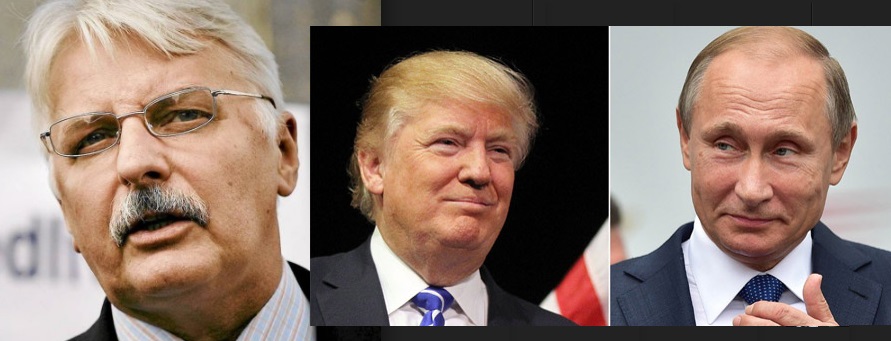

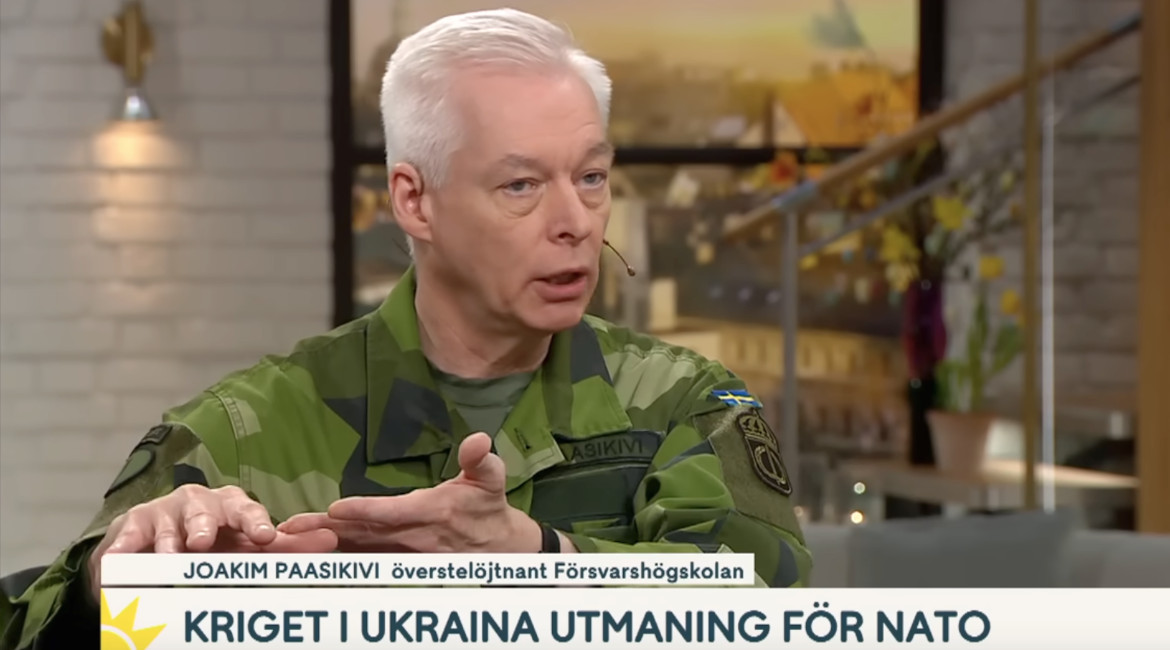

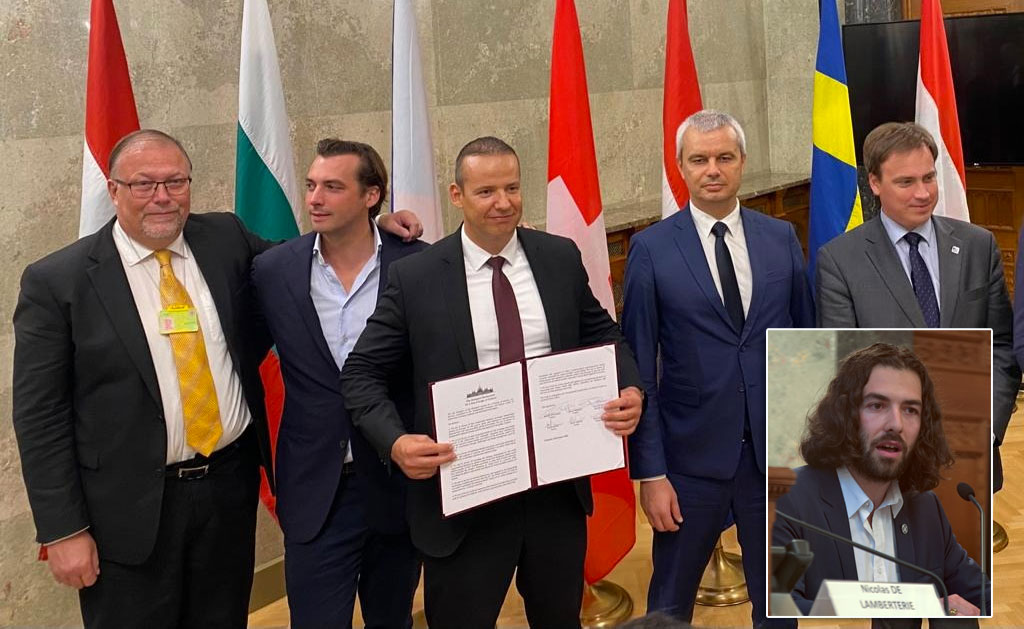

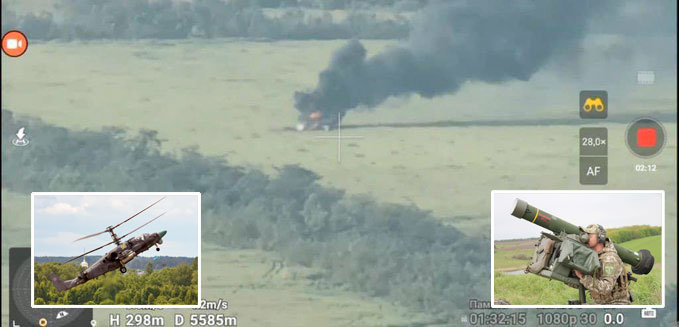
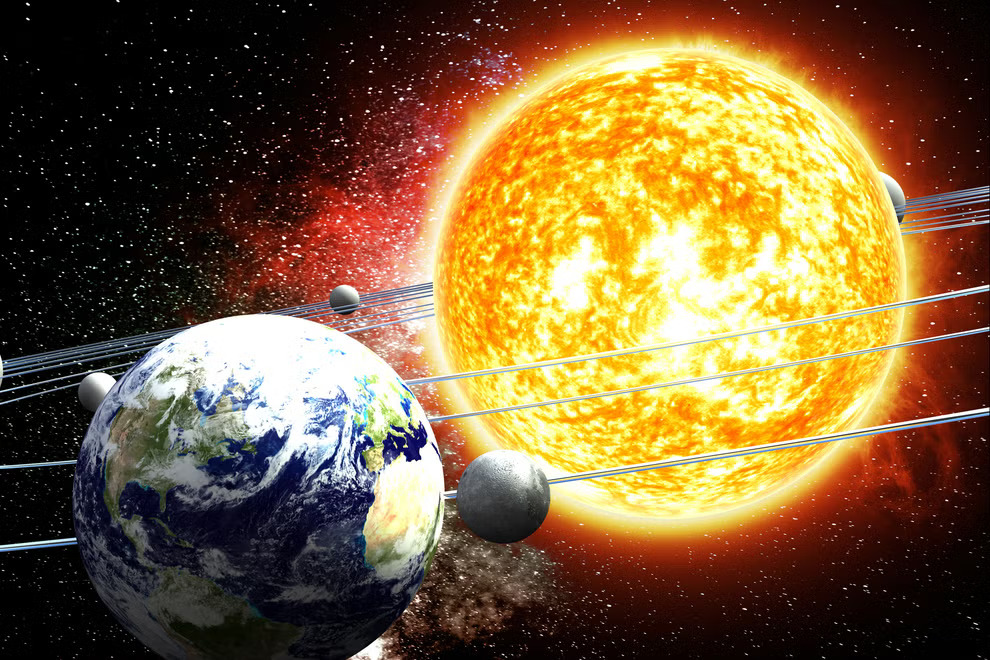
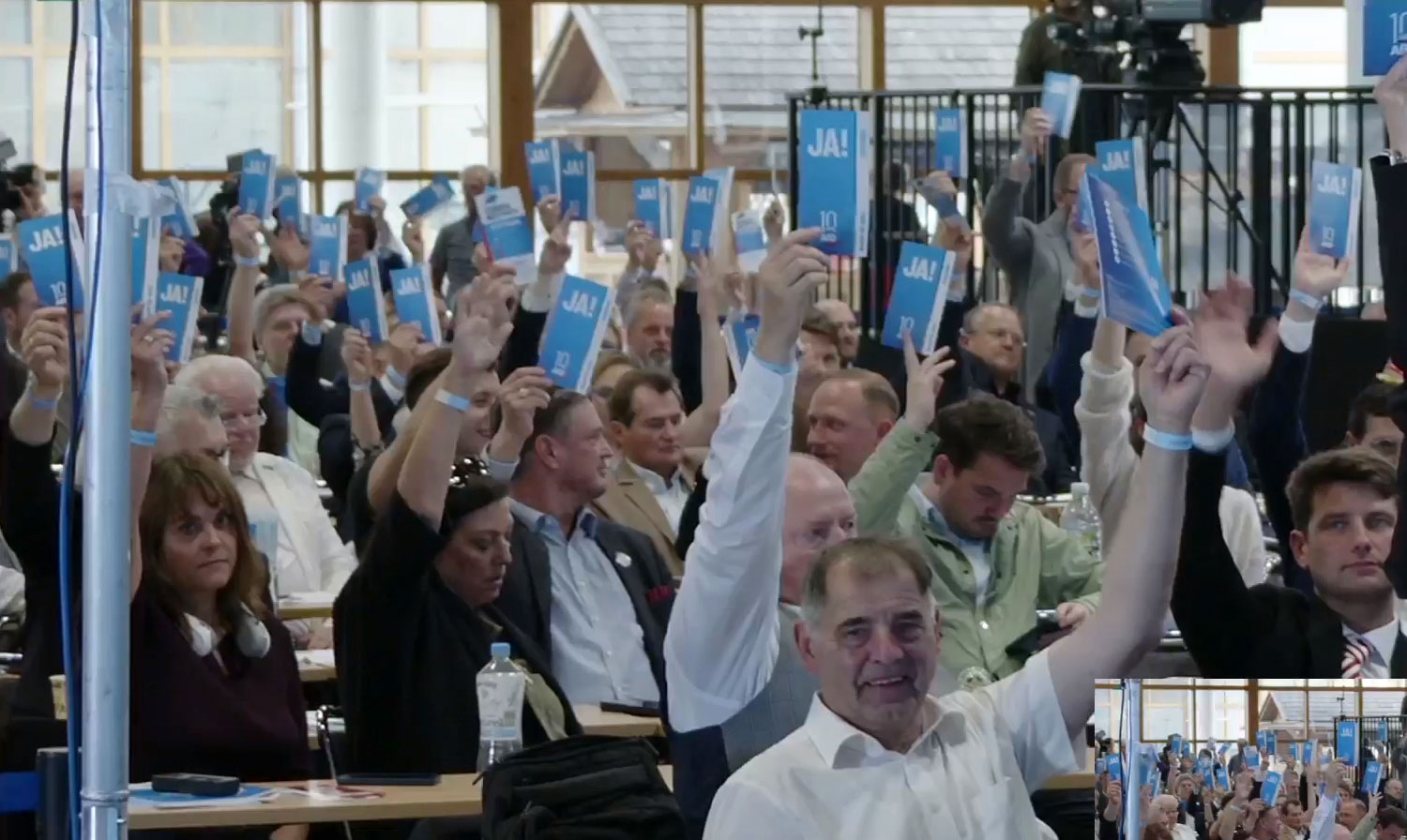
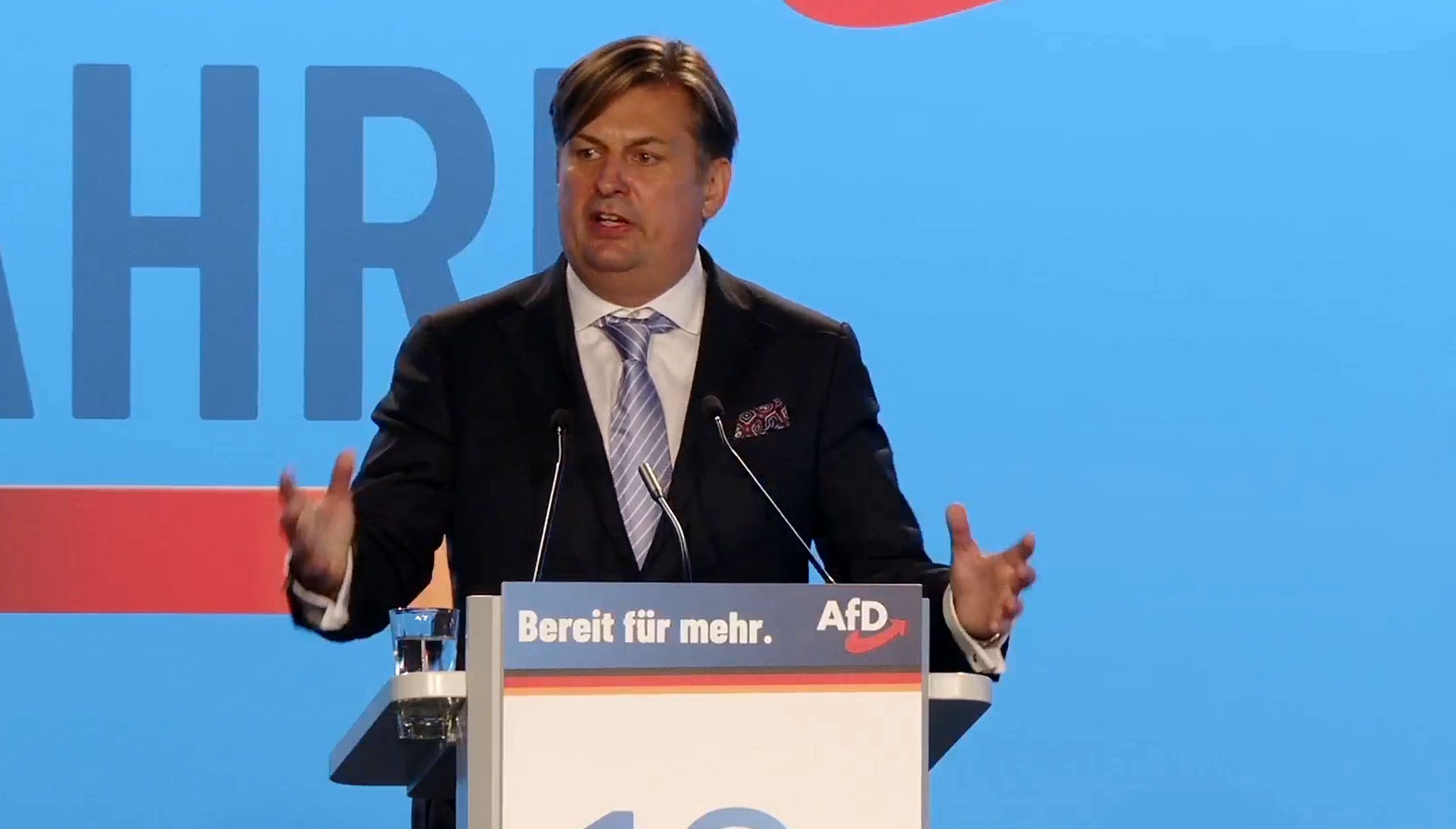

No comments.
By submitting a comment you grant Free West Media a perpetual license to reproduce your words and name/web site in attribution. Inappropriate and irrelevant comments will be removed at an admin’s discretion. Your email is used for verification purposes only, it will never be shared.